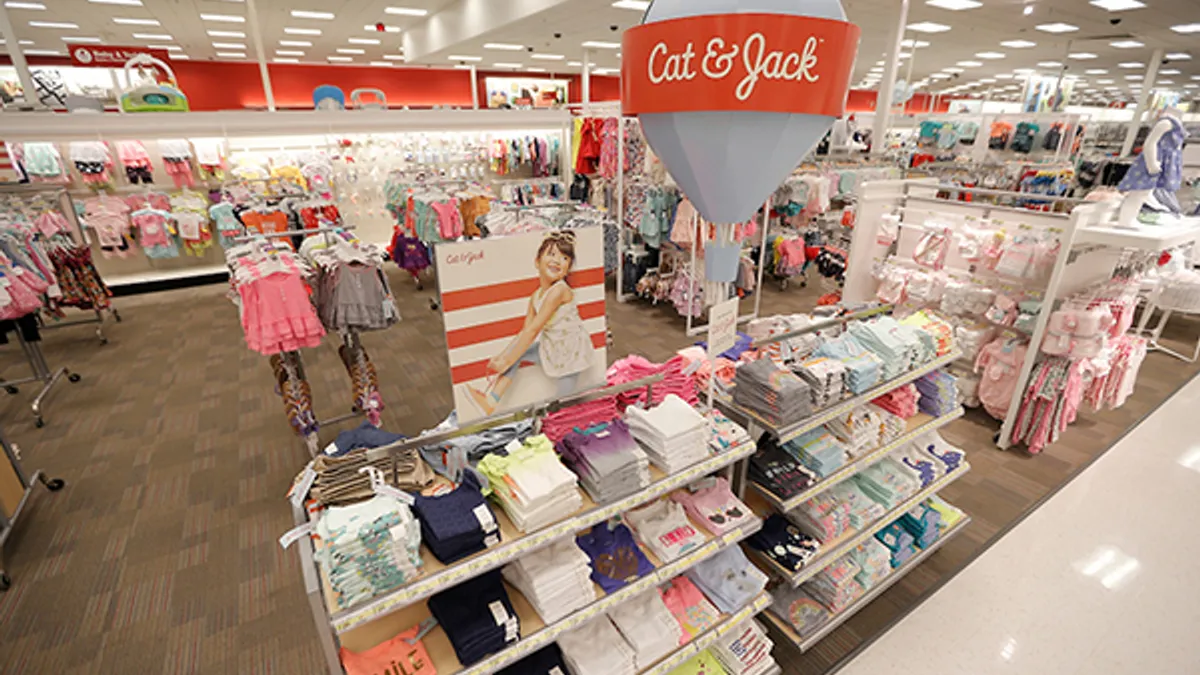Dive Brief:
- According to the Global Market Development Center, U.S. shoppers purchase general merchandise just three times annually — or on fewer than 5% of all shopping trips, according to a news release. Adding one additional GM item to this total would net an additional $500 million for the industry.
- Grocers should stock and promote in-demand products that pair well with food items, track sales closely and merchandise for maximum effectiveness, according to the trade group. Effective nonfood sales, GMDC notes, could help lift sagging center store sales.
- A major obstacle remains Amazon and its dominance in general merchandise sales. In its latest report, GMDC recommends grocers focus on items that fulfill an immediate need, like over-the-counter medication and baby care products.
Dive Insight:
Apart from pharmacy services, shoppers usually don’t go to the grocery store intending to purchase nonfood items.
Grocers have long offered nonfood products in their stores — everything from pet supplies to kids’ toys to cookware and even home furnishings. But as has been the case with retailers outside the food industry, online sales have cut into business. Many shoppers would rather buy a grill or a new blender through Amazon or another e-tailer. Even greeting cards, which used to be reliable sellers for supermarkets, have gone digital.
The GMDC argues that lackluster merchandising is also to blame for slow sales. Rather than stepping away from nonfood sales, as some grocers are doing, the organization argues retailers should take a more targeted, data-focused approach that disrupts conventional merchandising practices in center store.
Specifically, the group recommends retailers hire a manager to oversee cross promotions, then closely track merchandising decisions, making changes as necessary. To overcome the Amazon challenge, the GMDC advocates targeting nonfood items that shoppers buy because they need them right away. These items, the group notes, tend to sell well in a store setting. Items like toys, cosmetics and electronic devices perform well online because they fulfill a less urgent need.
Enhancing the “treasure hunt” feel of a store by carefully curating products and rotating them frequently could be another growth strategy. This is exactly what Lidl is doing with its “Lidl Surprises,” which include everything from yoga pants to pressure washers to Heidi Klum-designed fashions. The limited-time offers are a quirky bit of marketing and a key differentiator for the discounter. If they produce results similar to those in Lidl’s European stores, they could also establish nonfood products as a reason to shop, rather than an incidental purchase.







